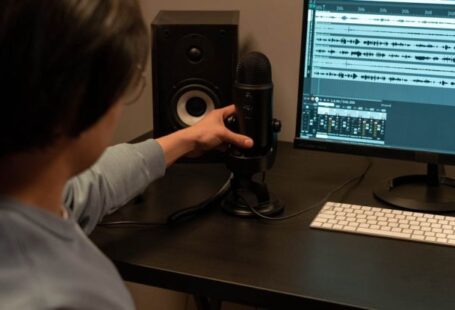The Aesthetic Influence of Art Direction in 4X Games
Art direction plays a crucial role in shaping the visual aesthetics of 4X games, enhancing the overall gaming experience and immersing players in the virtual worlds they explore. In the realm of strategy games, where players are tasked with exploring, expanding, exploiting, and exterminating, the visual elements are not merely decorative but serve a functional purpose in conveying information, setting the tone, and creating a cohesive world for players to engage with. Let’s delve into the significance of art direction in the aesthetics of 4X games.
Creating Immersive Worlds through Visual Design
One of the primary functions of art direction in 4X games is to create immersive and visually captivating worlds that draw players into the game environment. The visual design of a 4X game encompasses everything from the landscapes and cityscapes to the units and buildings that populate the game world. By establishing a consistent art style and visual language, art direction helps to establish the tone and atmosphere of the game, whether it’s a futuristic sci-fi setting or a fantasy realm filled with mythical creatures.
The art direction in 4X games also plays a crucial role in establishing the historical or thematic context of the game. For example, a game set in a medieval kingdom may feature detailed architecture, lush landscapes, and characters dressed in period-appropriate attire to evoke a sense of historical authenticity. On the other hand, a space-themed 4X game may showcase sleek futuristic designs, alien landscapes, and advanced technology to immerse players in a sci-fi universe.
Visual Clarity and Gameplay Communication
In addition to creating immersive worlds, art direction in 4X games serves a functional purpose in enhancing gameplay communication and providing visual clarity to players. The visual elements in a 4X game, such as icons, symbols, and color schemes, are designed to convey important information about resources, units, and actions at a glance. A well-executed art direction ensures that players can easily distinguish between different elements on the screen, making it easier to make strategic decisions and navigate the game world efficiently.
Moreover, art direction can also help guide players’ attention and focus on key gameplay elements. By using visual cues such as lighting, color contrast, and composition, game developers can direct players’ gaze towards important objectives, resources, or threats within the game environment. This not only enhances the player experience but also improves the overall gameplay flow and user interface design.
Building Emotional Connection and Engagement
Another important aspect of art direction in 4X games is its ability to evoke emotional responses and create a sense of engagement among players. The visual aesthetics of a game can elicit a wide range of emotions, from awe and wonder to tension and excitement, depending on the art style, color palette, and visual storytelling techniques employed.
For example, a game with vibrant colors, whimsical character designs, and playful animations may evoke a sense of joy and lightheartedness, encouraging players to explore and experiment within the game world. On the other hand, a game with darker tones, gritty textures, and ominous sound design may create a feeling of suspense and urgency, immersing players in a high-stakes conflict or survival scenario.
The emotional impact of art direction in 4X games extends beyond mere aesthetics and can significantly influence the player’s overall experience and enjoyment of the game. By creating visually striking and emotionally resonant worlds, art direction can forge a deep connection between players and the virtual environments they inhabit, fostering a sense of immersion, empathy, and investment in the gameplay experience.
In conclusion, art direction plays a multifaceted role in shaping the aesthetics of 4X games, from creating immersive worlds and enhancing gameplay communication to building emotional connections and engagement with players. By carefully crafting visual designs that are both functional and evocative, game developers can elevate the player experience, enrich the storytelling, and make the virtual worlds of 4X games truly come alive.





